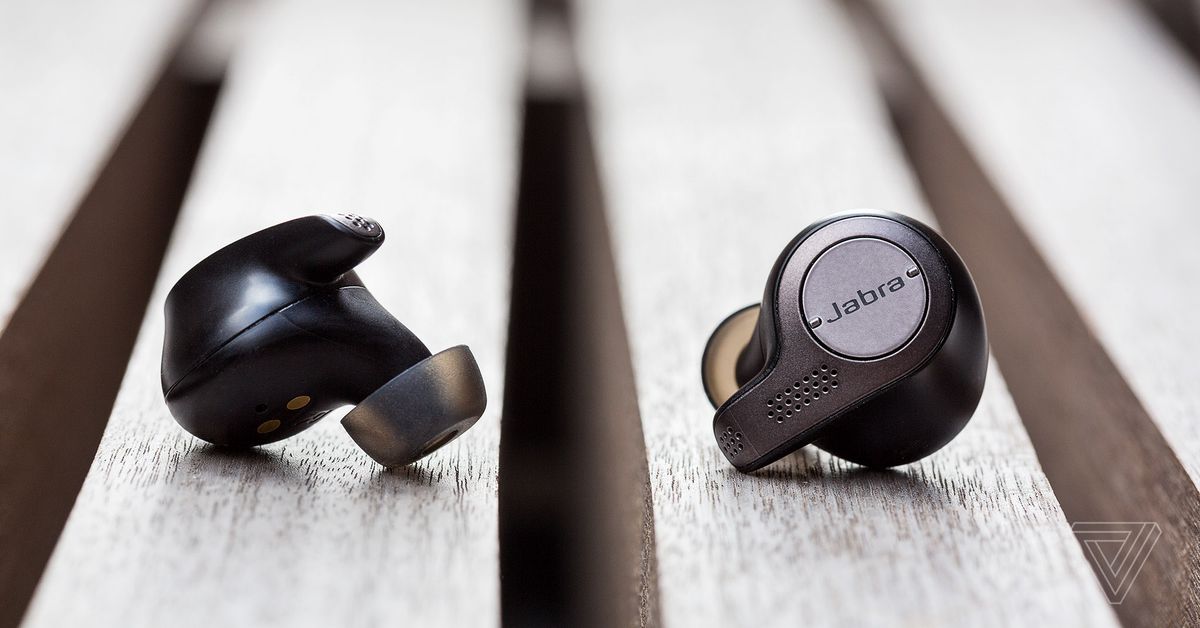Just hours after announcing two new pairs of headphones, parent company Jabra GN revealed that the Elite 10 Gen 2 and Elite 8 Active Gen 2 will mark the end of its consumer headphone business. This is all she wrote about the long running Elite series after years of quality products.
The decision seems somewhat unexpected; earlier this month, Jabra invited select press to an “all-expenses-paid media trip” to its headquarters in Copenhagen. (threshold didn’t attend.) Now, just a few weeks later, GN is admitting that “the markets have changed” and trying to compete with Apple, Samsung, Sony and countless other headphone brands is no longer worth the cost.
“The investment required for innovation and future growth in this highly competitive space is considered unjustified,” GN wrote in its press release. It doesn’t get much more blunt than that. There’s just more money to be made in enterprise devices and hearing aid technology.
I’m sorry to see Jabra bow out. I was looking forward to testing out the company’s new LE Audio charging box, which can stream audio from other devices like drones or in-flight entertainment to the headphones. That excitement has already faded now that the end is in sight – even if GN says it will continue to support existing Jabra devices for several years.
But I can also admit that Jabra’s best days in the consumer market are long gone. In the early stages of true wireless headphones, when many products were plagued by audio dropouts and other annoyances, the company built a strong reputation for itself. The Elite series became the de facto recommendation for those looking for an alternative to Apple’s AirPods. I used the same review title twice in a row to praise their quality. For a company previously best known for dark Bluetooth headphones, it was an impressive feat.
The peak for Jabra was really in that Elite 65t / 75t era between 2018 and 2020, when heavyweights like Sony and Samsung were still finding their footing with true wireless buds and before a host of other competition entered the ring . That’s also when the company started to include a feature — Bluetooth multipoint connectivity — that got bigger players age to apply in their buds.
Multipoint allows you to pair with two devices at the same time, so you can listen to music on your laptop and then make a call seamlessly on your phone. We’ve finally reached a point where this feature has become (mostly) status quo now that Sony, Google, Sennheiser and others are offering it. Technics’ AZ80 headphones even let you pair them THREE devices at once. The big multi-point holdover remains AirPods, but Apple would tell you that its automatic switching between iPhone, iPad and Mac is a better solution anyway.
Jabra got other things right, too. I have always liked its mobile app. Sure, it was packed to the gills with features that some people probably didn’t even know were there – like white noise and nature soundscapes – but it always performed reliably when it came to tweaking EQ or updating headset firmware.
But Jabra’s overtaking by its much larger rivals was inevitable. The company reached a point where it simply could no longer hang on to important areas like sound quality, noise cancellation, etc. More and more we’re seeing Apple, Samsung and Google save the best ecosystem tricks for their own headphones, which didn’t help matters. And recently, the Elite lineup has bloated a bit and started to lean towards quantity over quality. The best thing I can say about last year’s Elite 10 headphones is that they are extremely comfortable. But they never had much of a chance to replace my current favorites.
It’s a shame to see the company go, but it’s leaving a market that has never been more competitive at every price point. So much so that GN just doesn’t see the point anymore.
